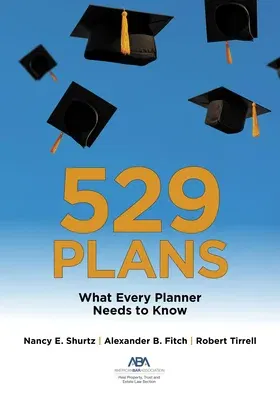While much of the transfer of wealth comes in the form of inheritance,
today inter vivos expenditures for a good education may be even more
important than intergenerational transfers at death. This accessible
resource focuses on Section 529 plans, comparing and contrasting them
with other education planning techniques. The authors identify the need
to develop strategies for financing K-12, college, graduate, or
professional education, detail the rules by which these goals may be
accomplished, and explain how to integrate education planning into an
individual's comprehensive paradigm for financial, tax, retirement, and
estate planning.
Although the book's primary focus is on 529 plans, this accessible
resource also provides a thorough introduction to the other education
savings vehicles that are available. In addition, the book addresses
strategies for financing education when savings prove inadequate,
including guidance on financial aid planning.
Throughout the text, Planning Pointers address some of the critical
planning issues that arise in the education planning context. Invaluable
appendices contain various materials--glossary, acronyms, abbreviations,
statutes, forms, and other resources--to assist the planner.
A roadmap for creating effective strategies for education financing,
this guide's clear information and practice tips make this a useful and
accessible resource for a broad audience, including estate planners,
general practitioners, tax lawyers, accountants, financial planners,
trust officers, and financial aid administrators.

